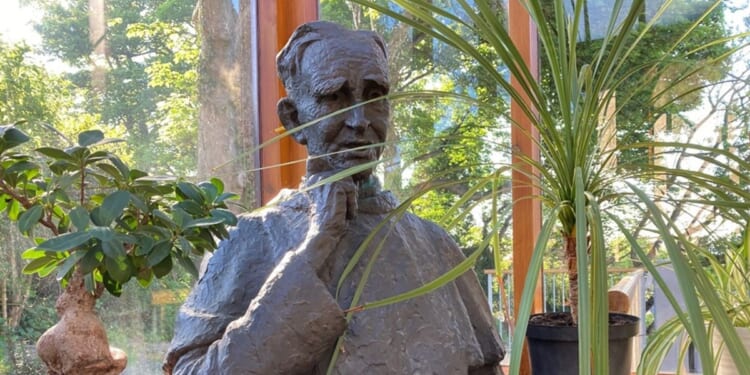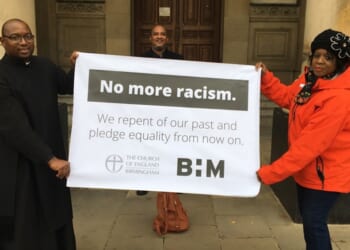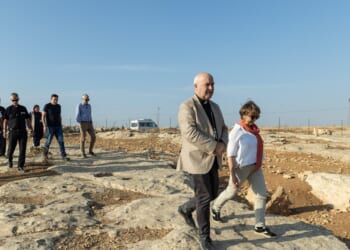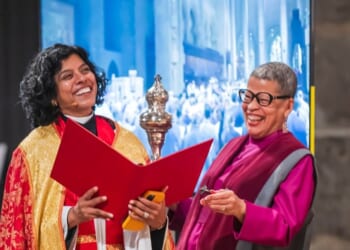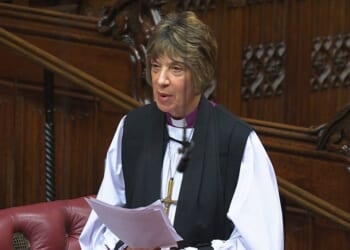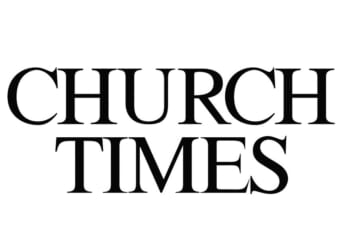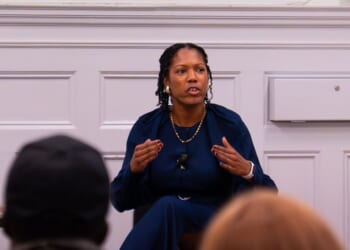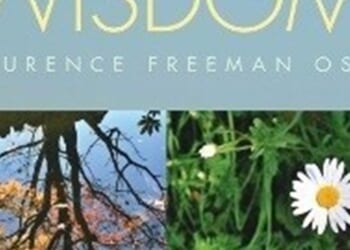RELIGIOUS communities have played a vital, but largely hidden, part in the life of the Church of England since the mid-19th century. While the existence of Anglican monks and nuns can come as a surprise to many, their influence has been considerable, whether in scholarship, education, or health care — both in this country and around the world.
After reaching a high point in the 1950s and ’60s, membership of religious communities in the Church of England declined dramatically. Today, two-thirds of the “recognised” communities listed in the Anglican Religious Life Yearbook have fewer than ten members, and the age profile is rising rapidly.
To give an example, the Society of the Sacred Mission (SSM), founded by Herbert Kelly in 1893, and perhaps best known in connection with Kelham Theological College, had 85 members in 1961. Today, there are just three, the youngest of whom recently celebrated his 80th birthday. Most religious communities have long since passed the point of being able to admit new novices, which means that, inevitably, they will one day cease to exist.
The reasons for this decline are many and complex, but commitment certainly seems to be one issue. It is often observed that membership organisations in general — not only Churches and religious communities — have shrunk significantly in recent decades. More specifically, the ideal of self-sacrifice — an essential ingredient of commitment to the religious life — seems nowadays to have less purchase than in previous eras.
Another factor might be that the religious life has always occupied a somewhat precarious position in the post-Reformation Church of England; after all, there was widespread opposition to its revival in the 19th century, on the grounds that it was dangerously “popish”.
DURING the past 20 years, a number of initiatives — such as monastic taster days, or opportunities to spend a period of time living alongside a community — have been offered to try and interest people in the religious life. At the same time, membership of oblate or tertiary communities remains relatively buoyant.
But this raises an important question. What will it mean to be an associate member of a religious community when that community no longer exists? This is a matter of more than merely academic interest. I became an oblate of the Anglican Benedictine monastery of Elmore Abbey, formerly Nashdom, in 1998. Back then, there were a dozen monks, including a few novices; now, sadly, only two remain.
It is not only the traditional celibate communities that struggle to attract and retain new members. Dispersed communities, in which people may be united by a common rule but otherwise lead normal lives in society, can face similar challenges.
Meanwhile, various forms of “new monasticism” often fail to sustain an initial burst of enthusiasm. A number of initiatives were launched in the wake of Archbishop Welby’s call for a renewal of prayer and the religious life when he entered Lambeth Palace in 2013, but many have since been wound up. It is evidently much harder to “manufacture” the religious life than some might have imagined.
THESE are among the concerns that prompted the establishment of the Herbert Kelly Institute for Anglican Religious Life, at St Antony’s Priory, Durham, earlier this year (News, 29 August). During the development phase, we contacted more than 30 communities to explain our plans and solicit feedback.
One memorable response seemed to summarise a predicament felt by many: “Thank you for your letter which arrived just in the nick of time. We are about to downsize from our convent to retirement flats and are in the process of disposing of a large percentage of our effects. I have tried various avenues for disposing of our archives and each enquiry has led to a dead end. As our move is approaching so rapidly, I was coming to the conclusion that we might need to destroy the majority of what we hold.”
While the starting point for the Institute is the urgent need to preserve the legacy of Anglican religious life — before it is lost for ever — it is not simply about the past. If God’s call to holiness is universal and constant, even though some of the ways in which this call has traditionally been answered do not seem to be working at the moment, then the question is: How can we support the future development of Anglican religious life?
The SSM is not the only religious community in the Church of England approaching “completion”, but it might be the only one presently evolving from a religious order into a religious organisation. We believe that there is a future for the SSM beyond the SSM, albeit in a different form. Perhaps other communities will also find ways to continue their legacy: any future renewal of the religious life will be possible only if that legacy can be kept alive.
The Revd Dr Nicholas Buxton is the chief executive of the Society of the Sacred Mission, at St Antony’s Priory, Durham. For more about the Herbert Kelly Institute, visit: ssm.org.uk

